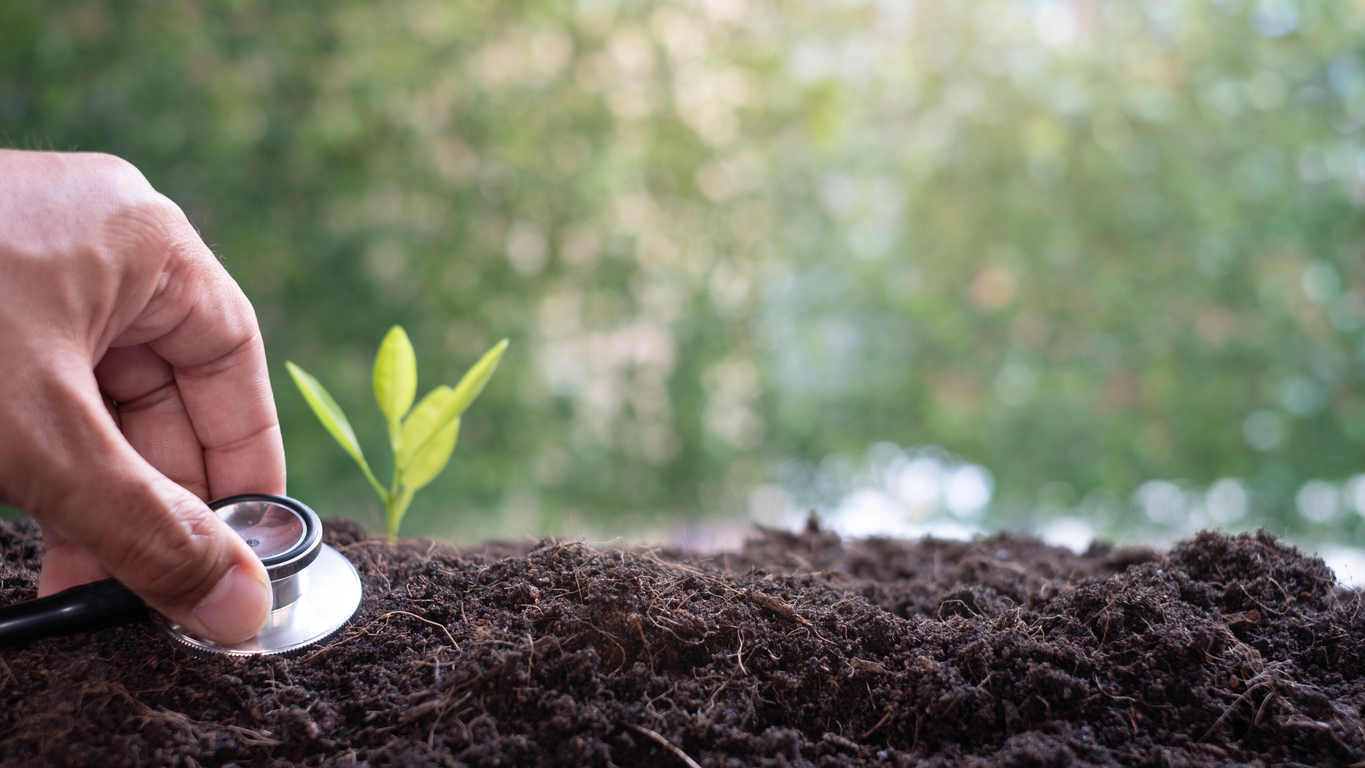Late Summer Early Fall Cover Crops

Late summer and early fall are great opportunites to plant cover crops and improve soil health. Days are shorter, but with ample sunshine left and a little rain, cover crops grow quickly. Both summer annuals which die with the first frost and winter annuals can be grown. Legumes and clover which add soil nitrogen, all types of grasses for carbon, and brassicas to reduce soil compaction and reduce weeds all grow well at this time. After wheat, either bale or chop the straw and spray the weeds. Baling straw makes you more money than chopping straw. The high carbon content in wheat straw can reduce cover crop establishment and the by-products upon decomposition may be toxic to germinating cover crop seedlings. If possible, spray weeds with gramoxone (a dessicant) rather than glyphosate. Glyphosate reduces soil health and biology for several weeks and causes oxidizing microbes to make manganese unavailable while promoting Fusarium root diseases and weed resistance. Oats do the opposite, pr...


